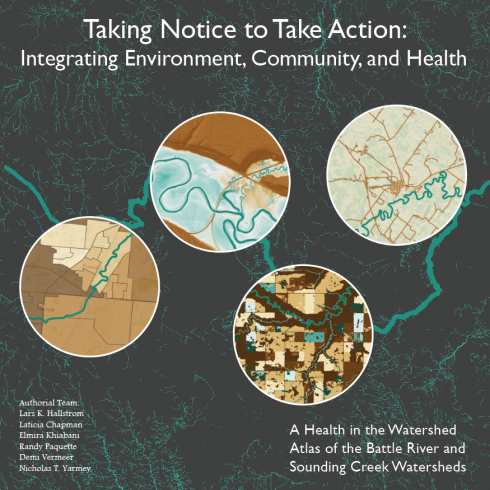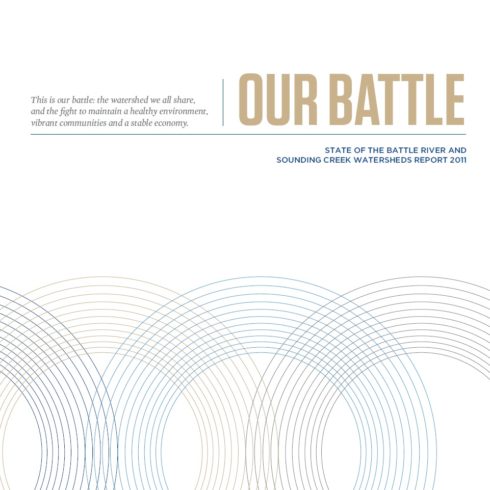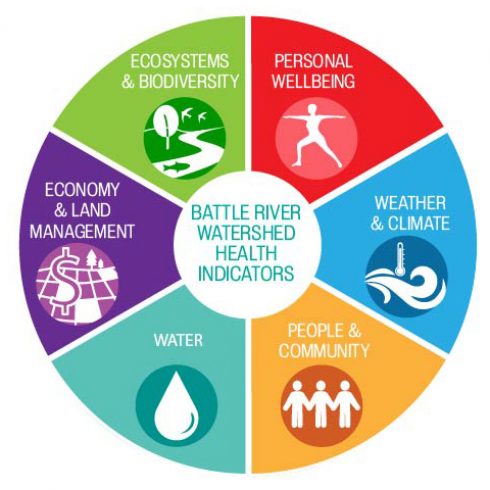An important role of the BRWA is to share information about the state (or health) of our watersheds, and encourage people to take actions that support the health of this place. Over the past few years, we’ve been working to broaden our view of what “watershed health” means.
We understand that the health of people, communities, ecosystems, and economies are all interconnected. In a healthy watershed, we have clean, safe, and secure water supplies for our communities and economy. Healthy land and water ecosystems also support fish and wildlife habitat and biodiversity, and provide us with clean air to breathe, outdoor recreation opportunities, sustainable food production, resilience to floods and droughts, and so much more.
This atlas is the Battle River Watershed Alliance’s second state of the watershed report. It was developed with a combination of resources from the Prentice Institute for Global Population and Economy, Battle River Watershed Alliance, University of Alberta, ECHO (Environment, Community, Health Observatory) Network, and Canadian Institutes of Health Research (CIHR). The report features maps, data, and information on over 40 indicators related to ecological, community, and public health. Unique in watershed reporting, this state of the watershed report captures public and community health indicators. The BRWA expanded our focus on health in the watershed based on a Watershed Health Indicator Framework created in collaboration with the ECHO Network. Over the last 12 years, the BRWA has been working in the community to increase watershed literacy and support on-the-ground stewardship projects to move awareness to action.

This State of the Watershed report was an important first step in becoming more knowledgeable about our watersheds and more attuned to what we need to do to make them healthier. It provides a snapshot of the health of the Alberta portions of the Battle River and Sounding Creek watersheds, looking at various indicators of watershed health such as surface and groundwater quality and quantity, land use practices, wetland and riparian health, biodiversity and the status of fish and wildlife species, and more.

Since 2017, the BRWA has been a member of the Environment, Community, Health Observatory Network. The ECHO Network includes partners from universities, public health authorities, and non-profit organizations across Canada and around the world. The Battle River and Sounding Creek watersheds are one of four “regional cases” involved in the ECHO Network. This network has broadened our understanding of watershed health and led us to develop a new Watershed Health Indicator Framework, which represents the multifaceted aspects of the health of our watersheds and all who live here. Now and into the future, this framework will help guide our conversations and actions to care for the holistic health of land, water, people, and communities in our watersheds. The Watershed Health Indicator Framework is also foundational to the Health in the Watershed Atlas. This “next-generation” state of the watershed report provides an updated and more holistic picture of the health of people, communities, and ecosystems in our watersheds.
See more about our ECHO Work and the Watershed Health Indicator Framework here.
